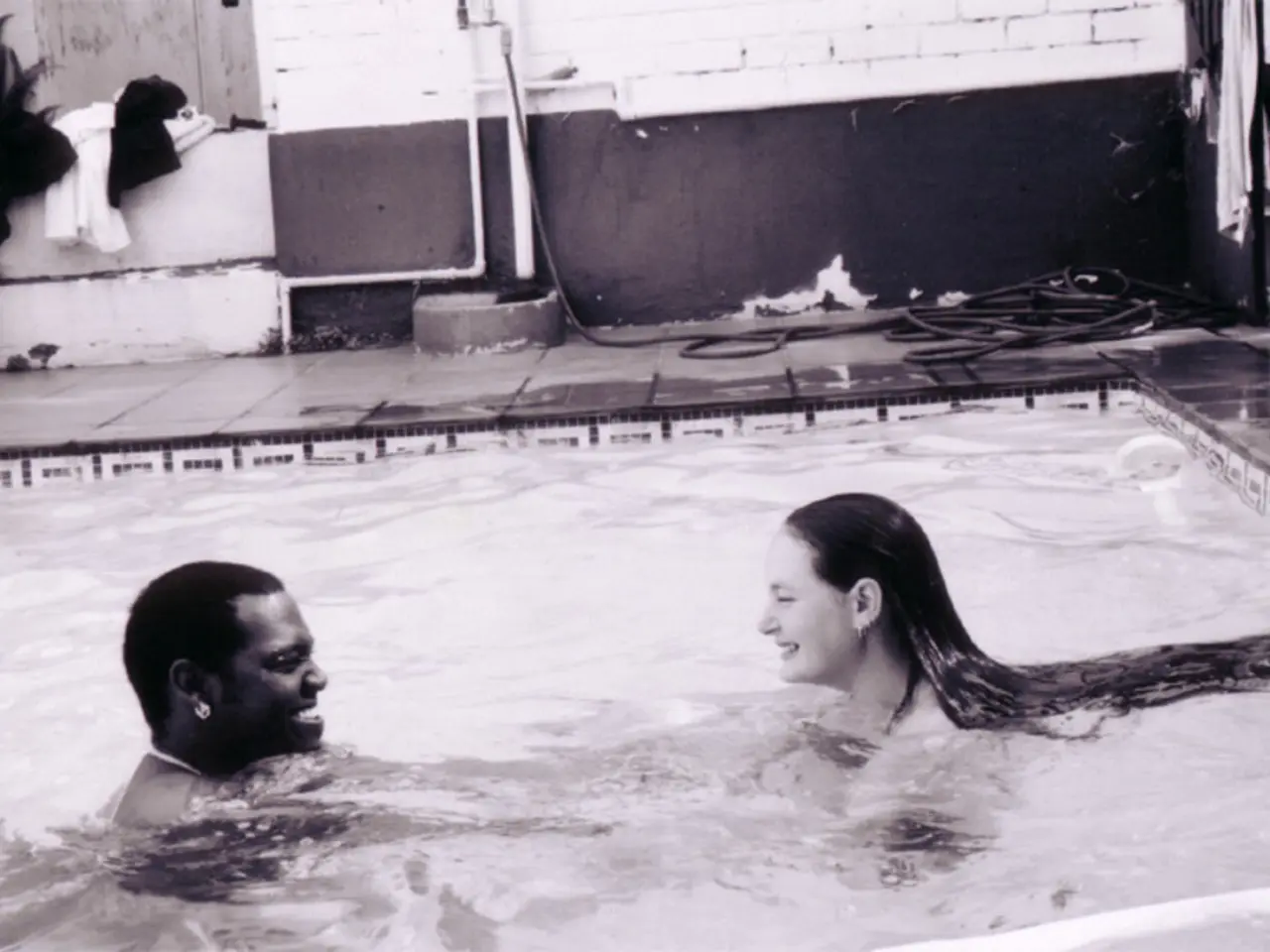Kidney Blood Filtration Unit: An Overview of the Filtration Process in the Kidneys
The Renin-Angiotensin-Aldosterone System (RAAS) is a crucial mechanism in the body, responsible for regulating blood pressure and maintaining fluid balance. Here's a simplified breakdown of how this system works.
1. Nephrons: The Kidney's Functional Units
Nephrons, the basic units of the kidney, are where the RAAS carries out its primary functions. Each nephron consists of a Renal Corpuscle, a Proximal Convoluted Tubule, a Loop of Henle, a Distal Convoluted Tubule, and a Collecting Duct.
2. Glomerulus: The Microscopic Filter
The Renal Corpuscle, located within the kidneys, houses a glomerulus - a network of capillaries that acts as a microscopic filter. This filter separates essential blood components such as red blood cells and proteins from waste products, excess ions, and water, which are collected in Bowman's Capsule.
3. Bowman's Capsule: The Collector of Filtered Fluid
Bowman's Capsule surrounds the glomerulus and collects the filtered fluid, which then flows into the Proximal Convoluted Tubule.
4. Proximal Convoluted Tubule: The Reclamation Site
The Proximal Convoluted Tubule is where the body attempts to reabsorb as many nutrients and water as possible from the filtered fluid.
5. Loop of Henle: The Concentration Specialist
The Loop of Henle plays a crucial role in concentrating the remaining fluid, preparing it for further reabsorption or excretion as urine.
6. Distal Convoluted Tubule: The Final Adjustments
The Distal Convoluted Tubule makes final adjustments to the fluid composition, depending on the body's needs.
7. Collecting Duct: The Final Urine Collector
The Collecting Duct collects the final product - either highly concentrated urine or diluted fluid, depending on the body's requirements.
8. Renal Regulation: The Dance of Filtration, Reabsorption, and Secretion
The RAAS plays a significant role in this dance of filtration, reabsorption, and secretion.
9. Juxtaglomerular Apparatus (JGA): The Pressure Sensor
The JGA, located near the glomerulus, acts as a pressure sensor. When blood pressure drops or kidney sodium levels fall, the JGA triggers the release of renin.
10. Renin-Angiotensin-Aldosterone System (RAAS): The Blood Pressure and Fluid Balance Regulator
Renin, released by the JGA, converts angiotensinogen to angiotensin I in the bloodstream. Angiotensin I is then converted to angiotensin II, a potent vasoconstrictor, in the lungs with the help of ACE (Angiotensin-Converting Enzyme). Angiotensin II narrows blood vessels, raising blood pressure. It also stimulates the adrenal glands to release aldosterone, which promotes sodium and water reabsorption by the kidneys, increasing blood volume and further elevating blood pressure.
In summary, the RAAS acts to restore declining blood pressure and fluid volume by: - Vasoconstriction of blood vessels (mainly via angiotensin II), - Increasing sodium and water retention by the kidneys (via aldosterone), - Stimulating thirst to increase fluid intake, - Maintaining kidney filtration function during low pressure states.
[1] Medical research articles on the Renin-Angiotensin-Aldosterone System (RAAS) for further reading. [3] Additional resources on the physiological effects of the RAAS.
Science explains that chronic kidney disease, one of the numerous medical-conditions affecting health-and-wellness, can be largely influenced by the Renin-Angiotensin-Aldosterone System (RAAS). This system, responsible for regulating blood pressure and maintaining fluid balance, plays a significant role in the body's fitness-and-exercise and nutrition routine as well. For instance, understanding the RAAS can help individuals manage chronic-kidney-disease, as it increases sodium and water retention by the kidneys (via aldosterone), which is a common complication in such cases. Therefore, maintaining a balanced nutritional intake and fitness routine becomes crucial for managing chronic-kidney-disease.




